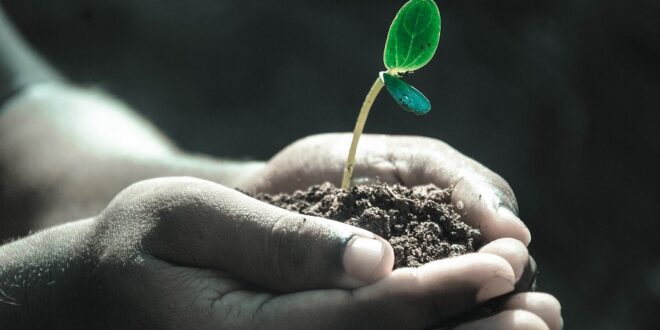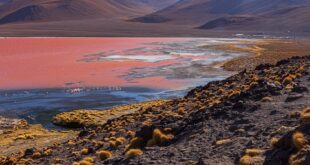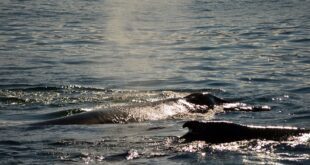There’s so much magic happening underneath our feet that we hardly get to notice. Soil is one of the most important and versatile natural resources on earth, playing a crucial role in most ecosystems. It’s heart-warming to note the diversity of flora and fauna that exists within soil, especially in wooden forests, and tall green meadows. This piece aims to offer a closer insight into soil- what makes it tick and what it is that makes it worthy of devotion.
From humble beginnings
Soil began as a humble rocky formation. Rocks or minerals are weathered, broken down into humus, and organic matter before they can form soil. While soil forms slowly, it is one of the essential natural resources that helormlotypep ecosystems. Believe it or not, according to research findings soils are a life-support system for plants and vegetation. Soil also serves as the habitat for a plethora of creatures, including microbes, fungi, insects, and earthworms.
The diversity of soil
As mentioned earlier, soil thrives on diversity. It is never a uniform collection of mere matter, instead a blend of elements that come together in unique ways to support life. The ingredients are earth, water, humus, and minerals, each with its function in meeting the fundamental needs of plants and other organisms.
It’s cleaning up the environment
One would not think to look for superheroes under the soil, but that is what we have in soil’s bioremediation mechanism, a process that scrubs contaminants out of our environment. By absorbing or diffusing toxins, soil reduces waste, levels of allochthonous impurities, and harmful pollutants, purifying things.
The data laid bare for us
Its nutrient composition doesn’t just help in fertilization but can be used to identify the stress factors that can reduce crop productivity. Its tests and analysis useful diagnostic techniques that combine tools to measure clay and sand composition, PH levels, and nutrients to build data banks that can shine a light on localization health of national farming habits and projected changes with climate.
A home for creatures big and small
When most of us talk about nature’s balance of power, we tend to forget that it is giving organic diversity that keeps it balanced. SOIL plays a significant role in life under the ground. Microfauna, bacteria, earthworms, bees, and other elements coexist in SOILs wonderful bed of live evolution. Ecosystem services that add value benefit from these creatures by preventing soil erosion and exchanging carbon and LIVING areas.
In conclusion, our planet’s stunning land-based resources thrive in life under coastal meadows or deep beneath the Amazon, and every blade of wheat and rice growing only does so in healthy swathes of fruitful soil. As much as it’s essential, soil is indeed magical- a wonder to behold by rooting oneself in the ground to observe entire a microherd living its life amongst Its constituents. With care and attention, it will radically impact our environment and promote a healthier society. Ages will go on witnessing how this resource plays new stones in the unfolding living upon us, with fascinating ingredients from soils that hold quick relevance for perspective preserving us humans with it in trusting proximity.
 Mind Uncharted Explore. Discover. Learn.
Mind Uncharted Explore. Discover. Learn.




